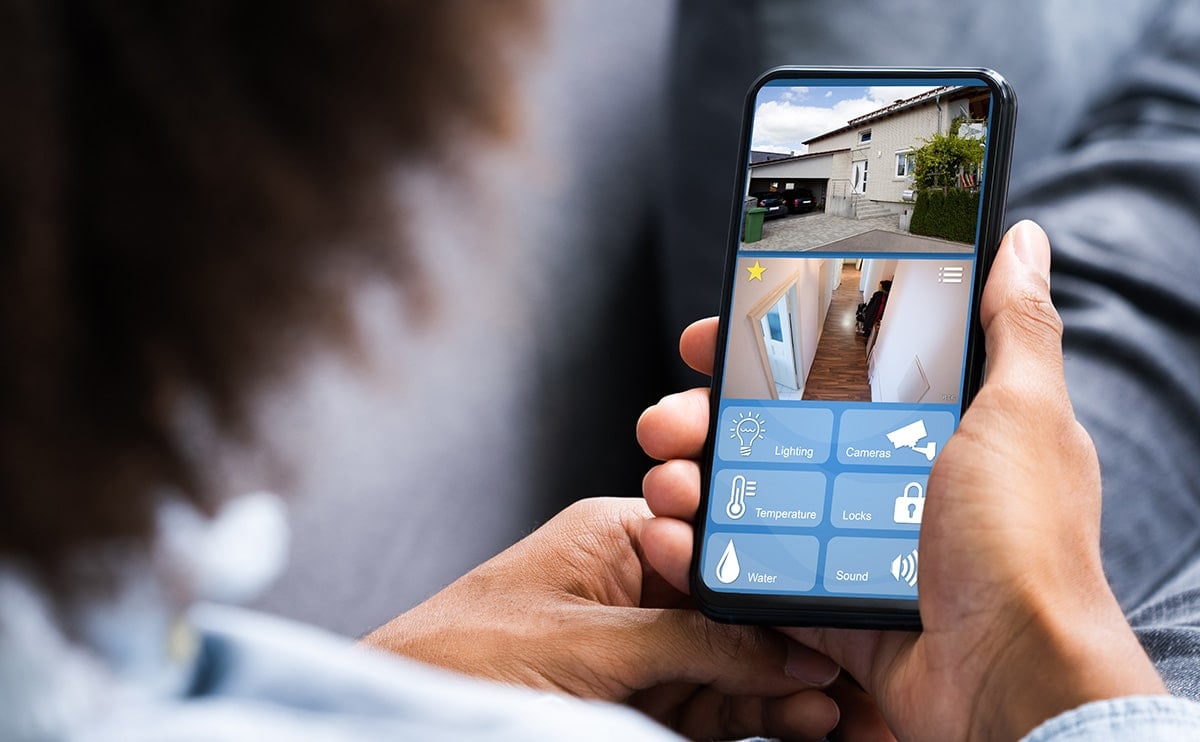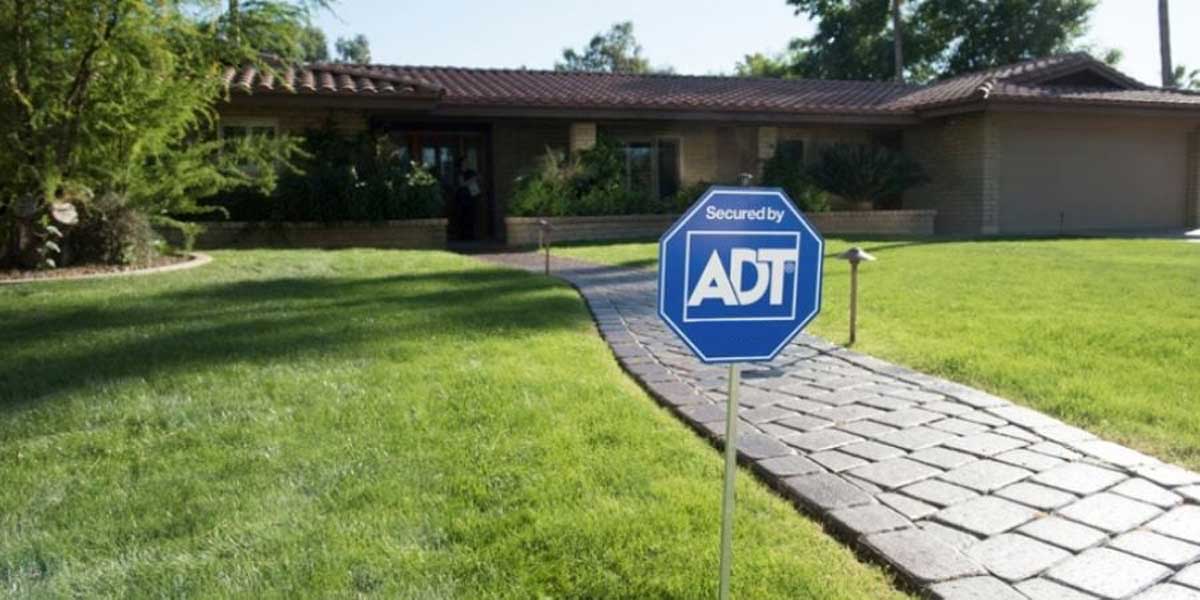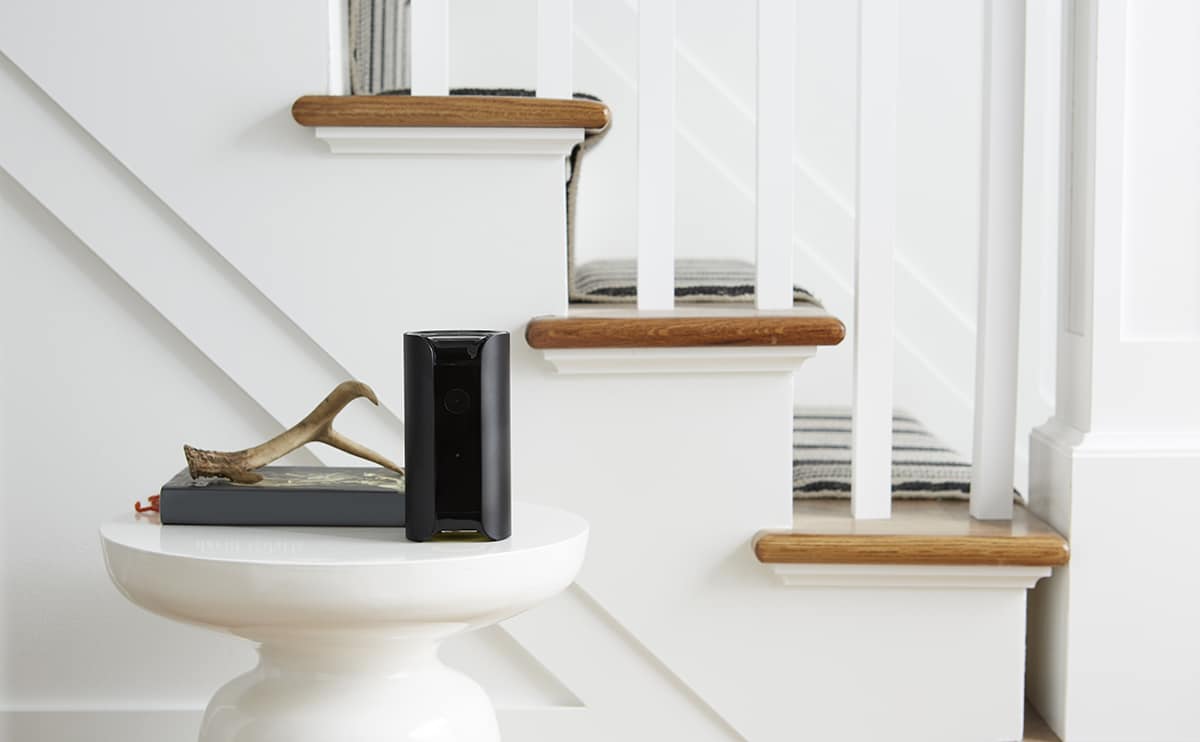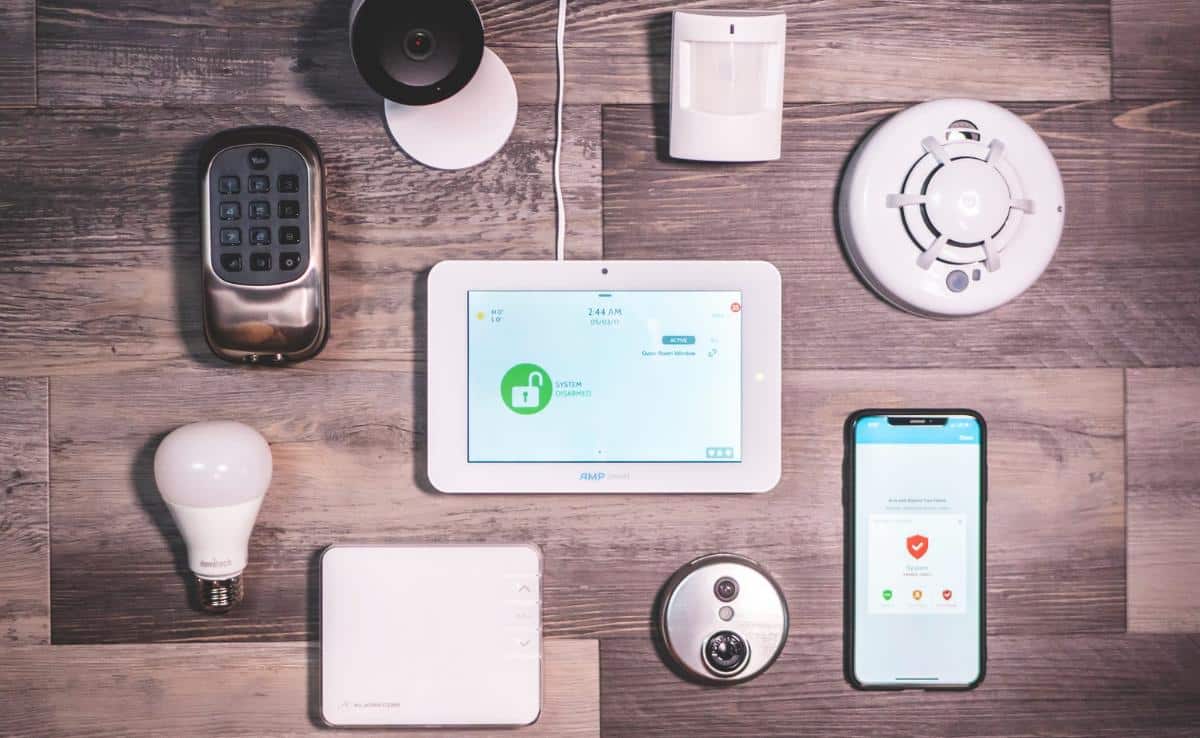Best DIY Home Security Systems Reviewed: With Cameras, No Monthly Fee, Wireless, And More
When you purchase through links on our site, we may earn a commission. Here’s how it works.
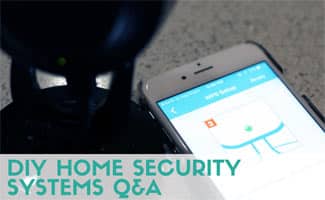
You’ll be notified not only of intruders, but of fires, floods, carbon monoxide, and more, right as they happen. But Do It Yourself projects can be intimidating and you’re probably asking yourself questions like “how easy is the installation?” and “do I need to drill holes in my walls?” and “will I get the same quality equipment and setup as I would with a professional installation?”
These are all valid concerns, and our experts do their best to answer them, along with a host of other questions frequently asked by our readers.
What Is DIY Home Security?
DIY (Do It Yourself) home alarm systems typically consist of a set of sensors (such as door/window contacts, motion sensors, glass break sensors, etc.) that can be easily installed to your walls via adhesive mounts (no drilling required). There is no professional needed, and often, there is no monthly fee (this varies by system).
We receive many questions regarding DIY home security and how difficult it is vs letting a professional do the work. One of the main things we feel is important to relay to our readers is that the DIY home security market doesn’t just differ in terms of who installs the equipment, newer smart home companies are DIY-only, so by learning how to set these systems up you’re opening yourself up to a whole new world of possibilities.
We try and answer the most common questions below, but if you don’t see yours, please ask in the comments!
- What is self-monitoring?
- What is pro monitoring?
- Will I end up with holes in my wall?
- Is DIY security reliable?
- How long does installation take?
- What are my equipment options?
- Where should I place my equipment?
- What is the best DIY home security system?
1) What Is Self Monitoring?
Self monitoring refers to home security systems that you monitor yourself. In other words, when an event such as an intrusion or smoke alert is triggered, you and your designated network of family, neighbors, and friends are automatically notified via a communication method of your choosing (phone call, smartphone app, text message, etc.). It’s then up to you to call the authorities to come check out the problem.
2) What Is Professional Monitoring?

For this reason our experts recommend a system with pro monitoring, and they conduct annual reviews of the top providers. Here are this year’s winners
Top 3 Home Security Systems & Category Winners
 |
 |
 |
 |
 |
||
| Ranking | 1st | 2nd | 3rd | Low Cost, No Contract | Professional Install | Smart Home |
| Total Score | 4.70 | 4.18 | 4.15 | 4.00 | 3.30 | 2.75 |
| Customer Service & Reputation | 4.8 | 4.3 | 4.5 | 4.0 | 2.0 | 1.0 |
| Equipment | 4.8 | 3.8 | 3.8 | 3.3 | 4.3 | 4.0 |
| Technology | 4.8 | 4.0 | 3.5 | 4.3 | 3.5 | 3.0 |
| Value | 4.5 | 4.5 | 4.5 | 4.0 | 3.0 | 2.0 |
| Ease Of Use | 4.8 | 4.3 | 4.5 | 4.5 | 3.8 | 3.8 |
| Read Review |
Read Review |
Read Review |
Read Review |
Read Review |
Read Review |
How do we arrive at the rankings above? Our researchers take into account the following review criteria: customer service, equipment, technology, ease of use and value. A weighted average score is then calculated to arrive at a total score our experts use to rank the companies relative to one another. For a full explanation of our review criteria and how we calculate the final score, we invite you to visit our review criteria.
3) Will I End Up With Holes In My Wall?
DIY alarm systems are set up so you don’t have to drill any holes into your walls. For the most part, the equipment uses self-adhesive, or peel-and-stick backing (for those wondering how reliable this is, typically the peel and sticks are poster board adhesives that can support a weight several times that of the sensor you are hanging; we have had our sensors up for nearly a decade with no issues).
In some cases mounts with drywall hooks will be provided if you decide you’d like to mount heavier equipment like control panels and video cameras. And in most cases you’ll be able to opt for a professional installation of just these items if you don’t feel comfortable doing it yourself. Alternatively, you could hire a local contractor or handyman.
4) Is DIY Security Reliable?
How reliable DIY home security is will depend largely on how good a job you did installing your equipment. For the most part, the guidance for where and how to install equipment is fairly straightforward and doesn’t vary much from manufacturer to manufacturer.
As mentioned above, if you opt for a self-monitored system, the onus for contacting the authorities is on you or your network of contacts, so that will determine dispatch reliability. Since alerts are typically sent via your smartphone, you’ll want to think about how often and what times of day you’re able to act on an alert from your phone. If you don’t feel comfortable with self-monitoring, consider a pro monitored system as described above.
How fast do authorities come to your door after you call them? In the case of fire, that depends on how close a fire station is to your home. In the case of police, we’ve published an article on the average police response times by city.
5) How Long Does Installation Take?
Since installation across providers is fairly similar in terms of the process involved, your total install time will largely depend on how much equipment you ordered and how much time you take to consider where you’ll place your sensors. Lastly, you’ll want some time to test your system and get familiar with its functionality. In our experience a typical system for the averaged size home takes 30 minutes to an hour to install from start to finish.
6) What Are My Equipment Options?

Other more sophisticated providers (which also tend to be more expensive) have a whole range of smart home offerings ranging from automated door locks to garage door openers and more. Our experts’ home security systems guide has a detailed listing of common pieces of equipment as well as providers associated with each.
7) Where Should I Place My Equipment?
We suggest having a door contact for every exterior door you have to your house. So, if you have a front door and a back patio door, you should have a door contact on each. Typically front doors and those with ground-level access will be more commonly broken into.

If a security camera is important to you, we recommend having one outside pointing toward your driveway or front door area and another towards your backyard. Try to angle these to get entrance points monitored and the largest coverage area possible.
If you have a second level, we recommend using a motion sensor to monitor the largest area possible.
If you have a room where you keep most of your valuables, it’s a good idea to monitor it with a camera. However, if you don’t want to use a camera (for privacy reasons, for example), a door or window contact can be used (so you’ll know if someone enters the room). You can also place sensors in a cabinet or drawer to find out when they are opened.
For more in equipment placement and installation tips, visit our expert’s home security systems installation guide.
8) What Is The Best DIY Home Security System?

Any More Questions?
Do you have a question that we left out? Ask in the comments below and we’ll do our best to find you some answers!
Who’s your favorite DIY home security system provider?

